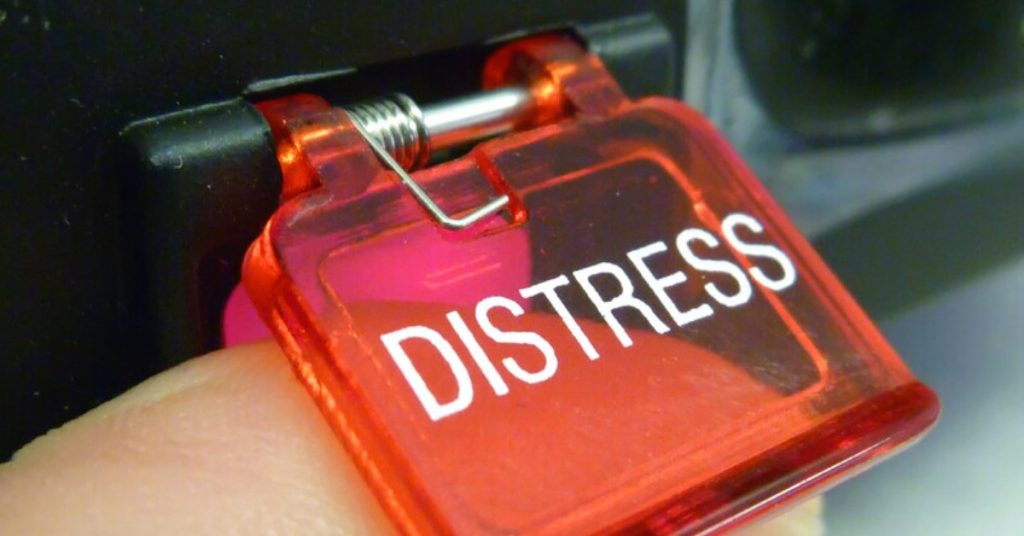The Federal Reserve quietly sounded the alarm about how distress in commercial real estate could rattle the rest of the nation’s financial system.
The Fed’s warning about the sector appears in the minutes from its meeting at the beginning of the month, which were just released, Crain’s reported. The bank noted concern over the loans provided to office landlords, more so than the performance of the properties.
“In their discussion of issues related to financial stability, several participants discussed vulnerabilities in the financial system associated with higher interest rates, including the elevated valuations for some categories of assets,” the minutes from the meeting read, mentioning the commercial space.
The Fed’s previous comments about the sector noted banks were being cautious by lending more to multifamily and industrial properties, but didn’t have the same pointed comments on “vulnerabilities in the financial system.”
The distress in commercial real estate is centered on the office market. The sector’s pandemic-era troubles became more difficult in the past year when the Fed increased interest rates, choking activity in the market and adding pressure to financing.
Distress and defaults are becoming a more common part of office landlords’ lives as companies scramble to save themselves; last month, Steve Roth’s Vornado Realty Trust wrote down the value of its real estate portfolio by $600 million. The city’s second-largest office landlord was also recently booted from the S&P 500 and cut its dividend by nearly 30 percent.
Commercial real estate typically accounts for 6 percent to 30 percent of a bank’s loans, according to the International Monetary Fund. The lender with the most put into the sector is Valley National Bancorp, which has commercial real estate loans comprising 62 percent of its total loan portfolio and recently stopped lending for small and midsize urban offices.
The Fed plans to conduct stress tests in the spring to evaluate how banks would handle a further slowdown.
Source: The Real Deal

